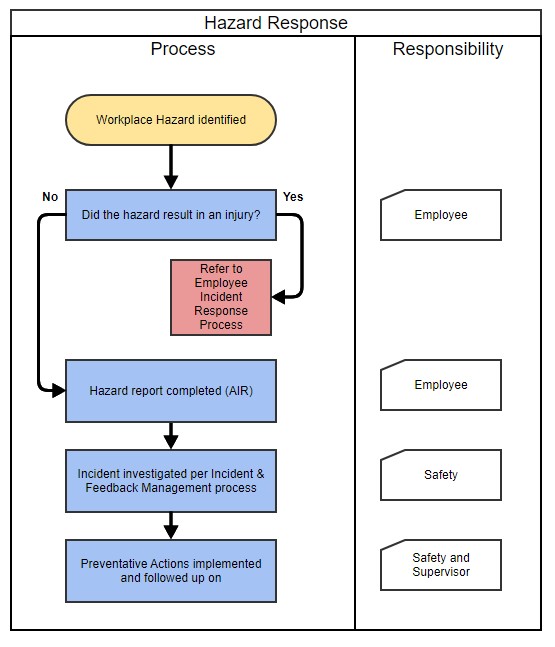Call us 1800 243 232
Call us 1800 243 232
In this session we will cover:
The session will take around 20 minutes to complete. At the end, you will be required to complete a short, comprehensive quiz.
Hazards are situations or things that have the potential to harm a person.
Hazards could be many things like noise, chemicals, electricity or cords, gas or fire, slippery surfaces, worn equipment, working at heights, a repetitive job, animals/pets or inappropriate behaviour that could affect a client or worker’s safety and health.
At work we have health and safety procedures and other policies which help to create a safe workplace for workers and clients.
We all have responsibilities under these policies including reporting hazards when we see them.
S.A.F.E is a great thing to remember, and being S.A.F.E promotes a safe work environment. This stands for:
Any person Anglicare supports in the community and in their own home must have a Home and Safety assessment.
This assessment is a visual inspection. It is done by the Service Manager or a trained Support worker.
The reason we do this is to look for any issues that might affect the safety and wellbeing of the client or worker. It will include making a home emergency plan.
We take a look at the beginning of providing services but we must not forget to look for changes and report these.
You can download a copy of the Home Environmental Safety Checklist here.
As you watch this video please pause after each room or outdoor area and write down the hazards you could see.
|
|

|
|